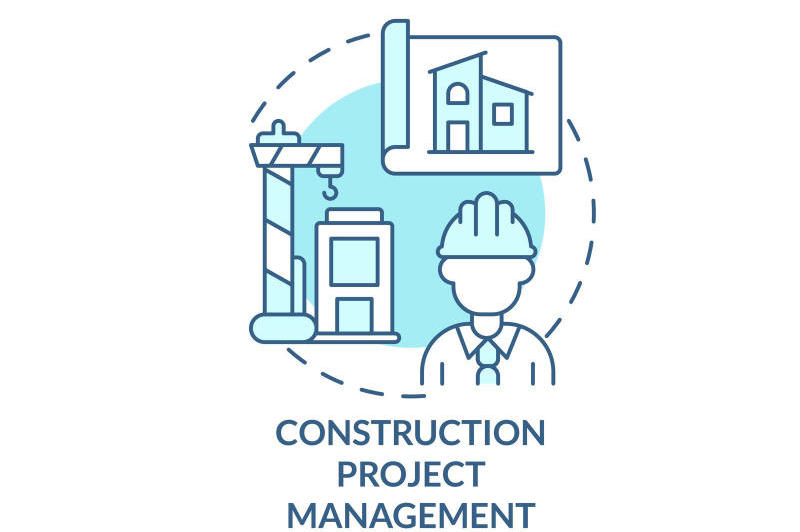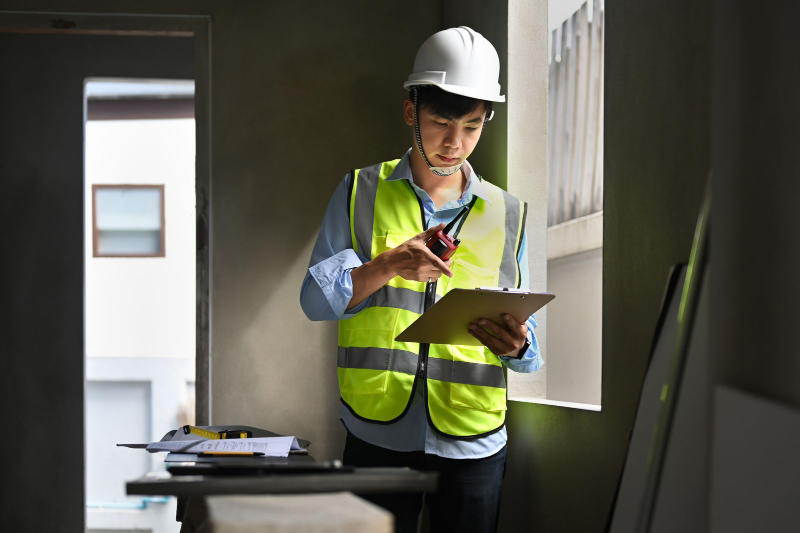Learn effective strategies for hiring and managing a skilled construction team as a General Contractor. Discover essential techniques to build a cohesive and high-performing workforce for successful projects.

Mitigating Risks: Best Practices for Contractors
Construction projects inherently possess risks, such as budget overruns and safety hazards. Nevertheless, through meticulous planning and execution of best practices, contractors can alleviate these risks and guarantee quality control across the project. This article delves into strategies for addressing construction project risks, upholding quality control, dealing with hazardous materials or waste, and navigating zoning regulations, all of which are particularly adapted to suit the requirements and apprehensions of contractors.

Mitigating Project Risks
To minimize the risk of delays, cost overruns, and safety hazards, contractors ought to establish a comprehensive risk management plan. This plan should encompass the following steps:
Firstly, identify potential risks by conducting a comprehensive risk assessment to pinpoint risks such as labor shortages, weather-related delays, and material price fluctuations.
Secondly, assess the likelihood and impact by evaluating the probability of each risk occurring and the potential repercussions on the project timeline, budget, and safety.
Thirdly, develop mitigation strategies by creating actionable plans to minimize or avoid identified risks. These strategies may encompass contingency planning, regular stakeholder communication, and continuous project progress monitoring and evaluation.
Fourthly, assign responsibility by designating a risk management team accountable for implementing, monitoring, and updating the risk management plan throughout the project lifecycle.
Lastly, ensure regular review and updates to the risk management plan by periodically revisiting it, confirming that risks are accurately identified, assessed, and addressed as the project progresses and circumstances evolve.
Ensuring Quality Control
Quality control remains crucial for a construction project to meet or surpass expectations. Contractors can uphold quality control through the following methods:
First, establish accurate specifications and standards by defining the project’s quality requirements, such as workmanship, materials, and performance standards, and clearly conveying them to all team members and stakeholders.
Second, implement regular inspections and audits by conducting frequent checks on work in progress to ensure compliance with established standards and detect any deviations at an early stage.
Third, engage in continuous communication with the project team and stakeholders by maintaining open lines of communication to address concerns, share progress updates, and swiftly resolve any quality-related issues.
Fourth, prioritize the use of high-quality materials and equipment by choosing materials that meet or surpass industry standards, thus reducing the risk of defects and ensuring lasting performance.
Fifth, ensure proper installation and maintenance by training workers on the correct installation methods and offering ongoing maintenance support to maintain the project’s integrity.



Handling Hazardous Materials or Waste
Construction projects frequently involve hazardous materials or waste, such as asbestos, lead, or contaminated soil. Contractors are required to comply with federal, state, and local regulations concerning the handling, transportation, and disposal of these materials. To achieve compliance, consider these steps:
First, obtain the necessary permits by acquiring all required permits and documentation for handling, transporting, and disposing of hazardous materials or waste.
Second, provide proper training and equipment by ensuring that workers handling hazardous materials receive suitable training and are equipped with the necessary personal protective equipment (PPE).
Third, develop a hazardous materials management plan by creating a plan that outlines procedures for handling, storing, and disposing of hazardous materials in accordance with regulations.
Fourth, monitor and document compliance by regularly reviewing and documenting adherence to regulations and taking corrective action when necessary.
Navigating Zoning Regulations
Local zoning regulations can be intricate and differ across jurisdictions. Contractors ought to collaborate closely with local officials and zoning boards to guarantee project compliance with all relevant regulations. To effectively navigate zoning regulations:
First, conduct thorough research by familiarizing yourself with the zoning regulations applicable to the project location and consulting with local officials or experts as needed.
Second, obtain necessary permits by acquiring all required permits, such as building permits, special use permits, and environmental permits, before initiating the project.
Third, adhere to building codes by ensuring the project design and construction meet or surpass local building codes, including structural, electrical, plumbing, and energy efficiency requirements.
Fourth, address concerns from local residents and stakeholders by engaging in open communication and consultation with them to tackle any concerns or objections they may have regarding the project.
Fifth, stay informed about changes in regulations by regularly monitoring updates to zoning regulations and building codes to ensure ongoing compliance throughout the project’s duration.
By implementing these best practices, contractors can diminish project risks, maintain quality control, and ensure regulatory compliance. Through careful planning and execution, construction projects can be completed safely, on time, and within budget, satisfying all stakeholders. Furthermore, a deep understanding of the unique challenges faced by contractors in the construction industry enables more efficient project management, ultimately leading to more successful projects and contented clients.



